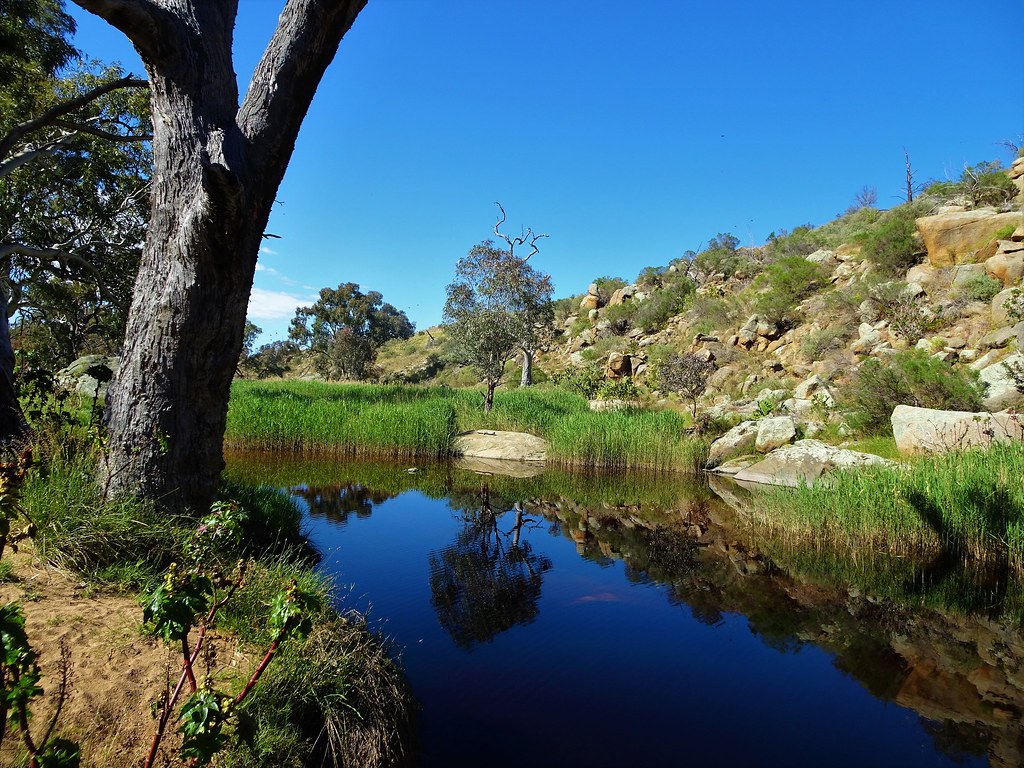Picture this: a world where dragonflies have wingspans longer than a hawk’s, where millipedes stretch three feet from head to tail, and where cockroaches grow to the size of house cats. This isn’t science fiction—it’s Earth’s incredible past, roughly 300 million years ago during the Carboniferous Period. These ancient swamps didn’t just give birth to the coal that powers our world today; they were sprawling ecosystems teeming with creatures that would make modern insects look like toys.
The steamy, oxygen-rich atmosphere of these prehistoric wetlands created perfect conditions for both plant growth and insect gigantism. While massive ferns and towering trees slowly transformed into the coal seams we mine today, arthropods evolved to sizes that seem impossible by today’s standards. The connection between these two phenomena runs deeper than you might imagine, rooted in atmospheric chemistry and evolutionary pressures that shaped life on Earth forever.
The Carboniferous Period: Earth’s Swamp Age
The Carboniferous Period, spanning from 359 to 299 million years ago, earned its name from the vast coal deposits it left behind. During this time, Earth’s climate was dramatically different from today’s world. Tropical conditions extended far beyond the equator, creating a greenhouse planet where lush swamps covered enormous areas of the supercontinent Pangaea.
These weren’t ordinary swamps like we see today in places like the Florida Everglades. The Carboniferous swamps were massive, continent-spanning wetlands that persisted for millions of years. Sea levels constantly rose and fell, creating cycles of flooding and drainage that preserved organic matter in thick layers of sediment.
The landscape was dominated by enormous tree ferns, scale trees called Lepidodendron, and towering horsetails that could reach heights of 100 feet. These plants grew in such abundance that when they died, their organic material accumulated faster than it could decompose, eventually forming the coal seams that fuel our modern world.
Atmospheric Oxygen Levels That Changed Everything
One of the most remarkable aspects of the Carboniferous Period was its oxygen-rich atmosphere. While today’s air contains about 21% oxygen, the Carboniferous atmosphere peaked at an incredible 35% oxygen content. This dramatic difference had profound effects on both plant and animal life.
The high oxygen levels acted like a natural steroid for many organisms. Plants could grow larger and faster, while animals could support metabolic processes that would be impossible in today’s atmosphere. For insects, this oxygen boost was particularly significant because they don’t have lungs like mammals—they breathe through a network of tubes called tracheae.
This oxygen-rich environment lasted for tens of millions of years, creating evolutionary pressures that pushed life forms to extremes. The abundance of oxygen also made the world much more prone to fires, as the high oxygen content made organic matter incredibly flammable. Wildfires were common and often massive, contributing to the complex cycles of growth and burial that created coal deposits.
Giant Dragonflies: The Apex Predators of Ancient Skies
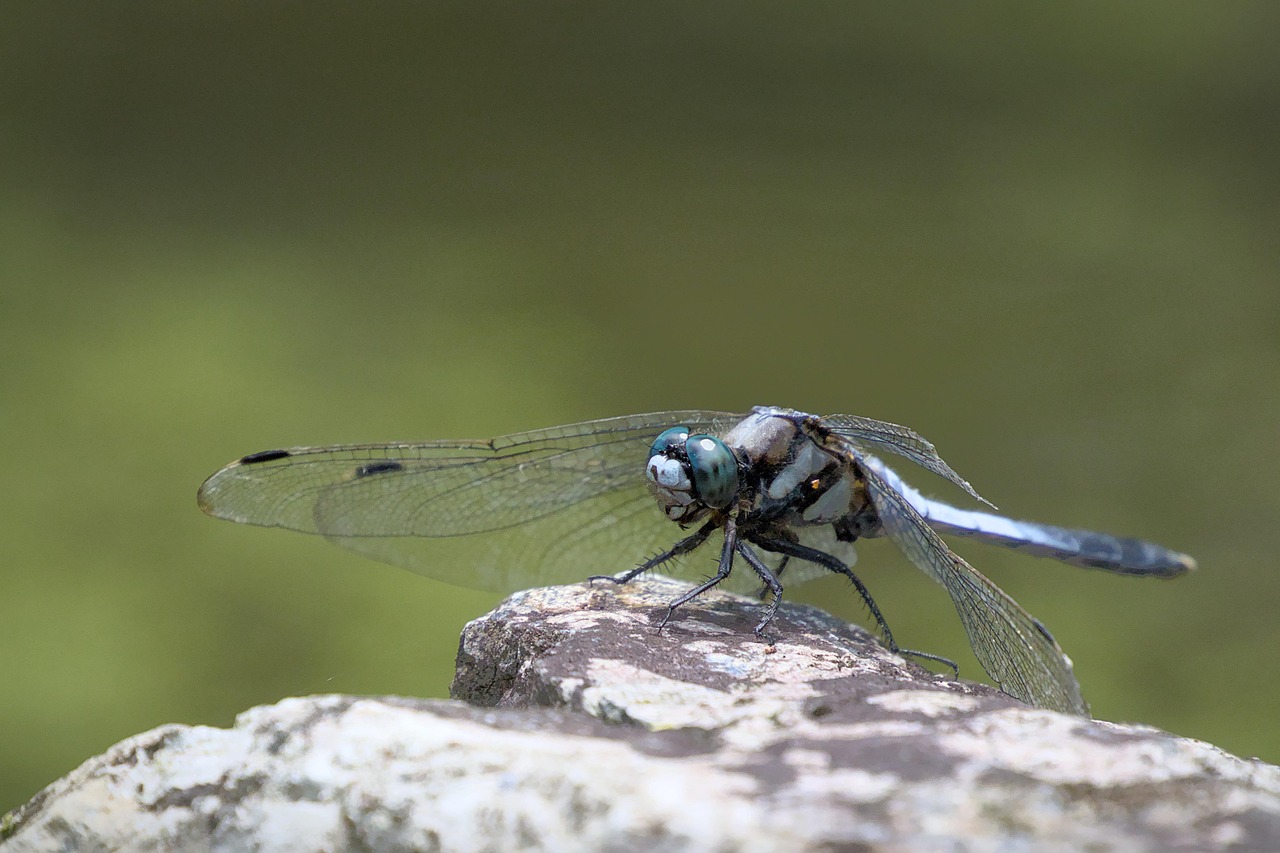
The most famous of all Carboniferous giants were the dragonflies, particularly the massive Meganeura monyi. These prehistoric aerial hunters boasted wingspans of up to 28 inches—nearly two and a half feet across. To put that in perspective, that’s roughly the size of a modern hawk or small eagle.
Meganeura wasn’t just large; it was a perfectly designed killing machine. Its huge compound eyes could track multiple prey simultaneously, while its powerful flight muscles allowed it to hover, dive, and maneuver with deadly precision. These giants ruled the skies for millions of years, preying on smaller insects and likely even small vertebrates.
The fossil record shows that these massive dragonflies were incredibly successful predators. Their fossils have been found across Europe and North America, suggesting they were widespread and dominant in their ecosystems. The combination of abundant oxygen and rich food sources created the perfect conditions for these aerial giants to thrive.
Millipedes the Size of Alligators
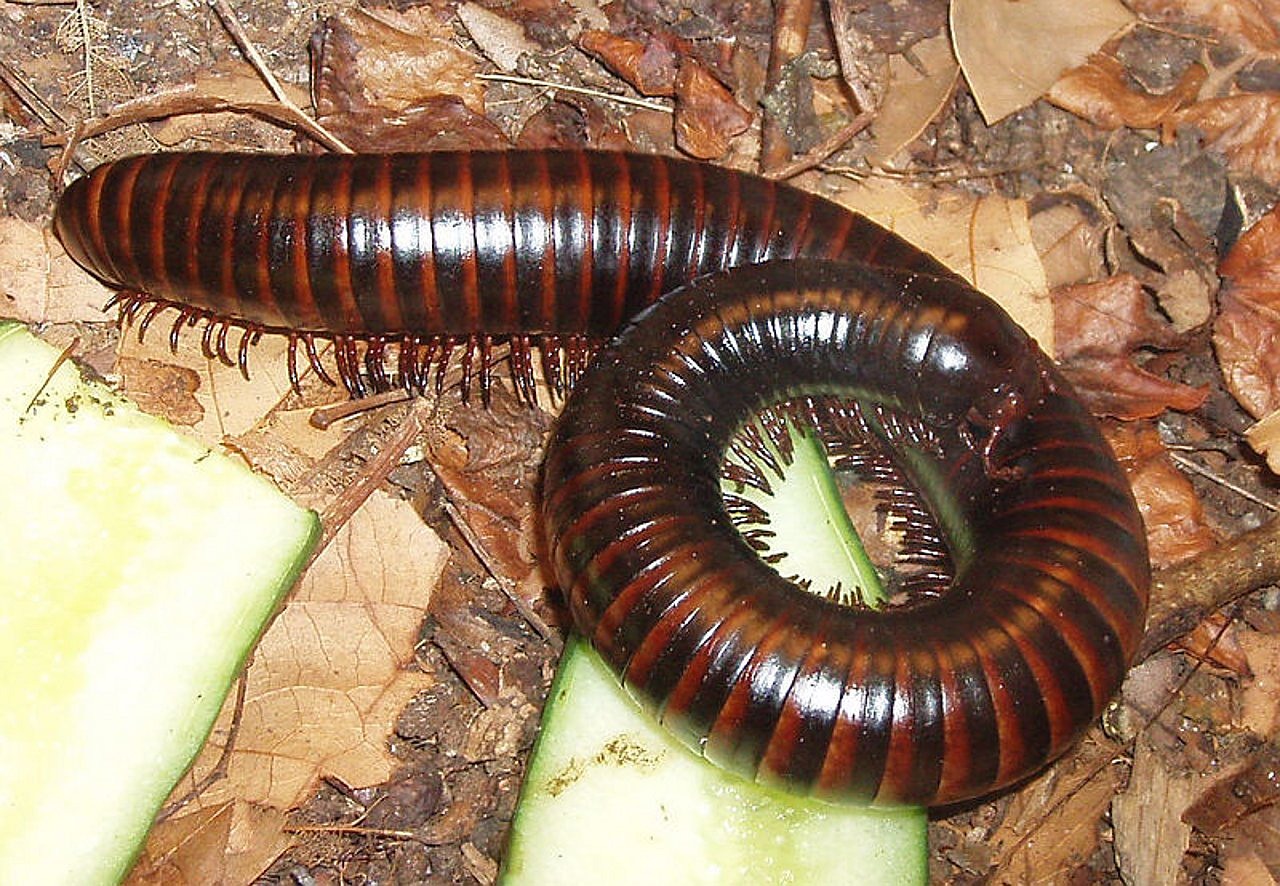
While dragonflies owned the skies, the forest floor belonged to creatures like Arthropleura, a millipede that grew to lengths of over eight feet. These segmented giants were among the largest arthropods ever to walk the Earth, rivaling modern alligators in size and weight.
Arthropleura was herbivorous, feeding on the abundant plant material that carpeted the swamp floors. Its massive size was supported by the oxygen-rich atmosphere, which allowed its simple respiratory system to function efficiently even in such a large body. The creature’s segmented body could contain hundreds of legs, each pair working in coordination to move its massive bulk through the undergrowth.
These gentle giants left behind impressive fossil tracks and occasional body fossils that reveal their incredible size. Some trackways show evidence of social behavior, suggesting these massive millipedes may have traveled in groups. The thought of encountering a herd of eight-foot millipedes is both fascinating and terrifying by modern standards.
Cockroaches Bigger Than Your Pet
Perhaps nothing captures the alien nature of Carboniferous life quite like the giant cockroaches that scuttled through these ancient swamps. Species like Apthoroblattina reached lengths of nearly a foot, making them comparable to small house cats in size. These weren’t the pest species we know today, but robust, well-adapted creatures that thrived in the humid swamp environment.
These prehistoric roaches were likely omnivorous, feeding on everything from decaying plant matter to smaller insects. Their large size would have made them formidable competitors in the ecosystem, capable of both scavenging and active hunting. The fossilized remains show they had well-developed wings and strong legs, suggesting they were both good fliers and fast runners.
The abundance of these giant cockroaches in the fossil record indicates they were incredibly successful in their time. They occupied ecological niches that today are filled by much smaller insects, demonstrating how dramatically different life was during the Carboniferous Period.
Scorpions and Spiders: Arachnid Giants
The high oxygen levels didn’t just benefit insects—arachnids also reached impressive sizes during the Carboniferous Period. Scorpions grew to lengths of over two feet, while some spiders achieved leg spans that would make modern tarantulas look petite. These arachnid giants were apex predators in their own right, hunting both on land and in the shallow waters of the swamps.
Pulmonoscorpius kirktonensis, one of the largest known scorpions, measured nearly three feet in length and possessed a powerful stinger that could deliver venom to prey much larger than what modern scorpions typically target. These giants likely fed on the abundant arthropod life around them, including smaller insects and perhaps even early amphibians.
The fossil evidence suggests these giant arachnids were well-adapted to the swamp environment, with some species showing adaptations for both terrestrial and aquatic hunting. Their success during this period demonstrates how the unique atmospheric conditions of the Carboniferous created opportunities for arthropods to evolve into ecological roles that seem impossible by today’s standards.
The Science Behind Insect Gigantism
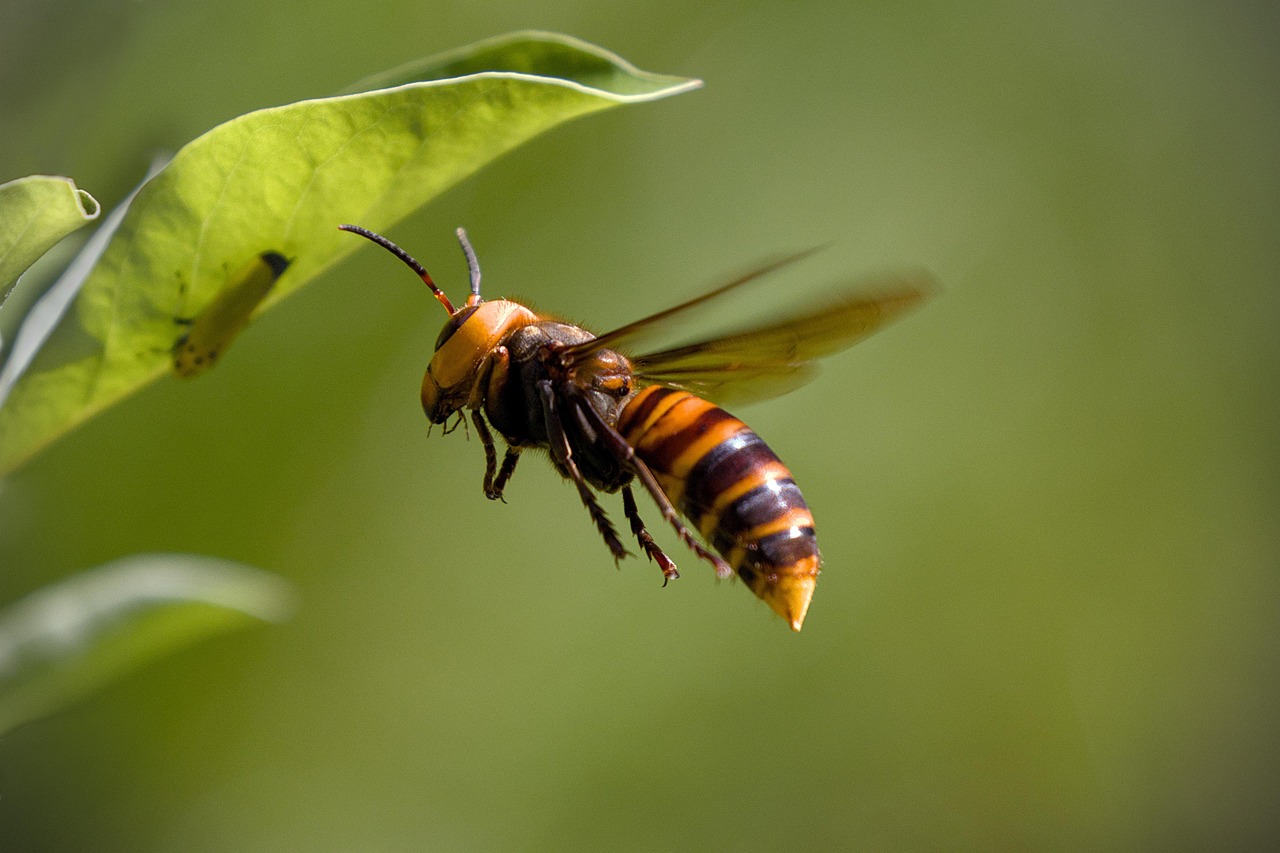
The connection between oxygen levels and insect size isn’t just theoretical—it’s rooted in the fundamental biology of how insects breathe. Unlike mammals, insects don’t have lungs or a circulatory system that carries oxygen to their tissues. Instead, they rely on a network of tubes called tracheae that bring air directly to their cells through passive diffusion.
This system works efficiently for small insects, but it becomes increasingly problematic as body size increases. The rate at which oxygen can diffuse through the tracheal system limits how large an insect can grow while still getting enough oxygen to its tissues. However, when atmospheric oxygen levels are higher, this constraint is relaxed, allowing insects to grow much larger.
Modern experiments have confirmed this relationship. Scientists have raised insects in oxygen-rich environments and observed them growing larger than their normal-atmosphere counterparts. Conversely, insects raised in low-oxygen conditions tend to be smaller. This research provides strong evidence that the giant insects of the Carboniferous Period were indeed a direct result of the oxygen-rich atmosphere.
Plant Life: The Foundation of Giant Ecosystems
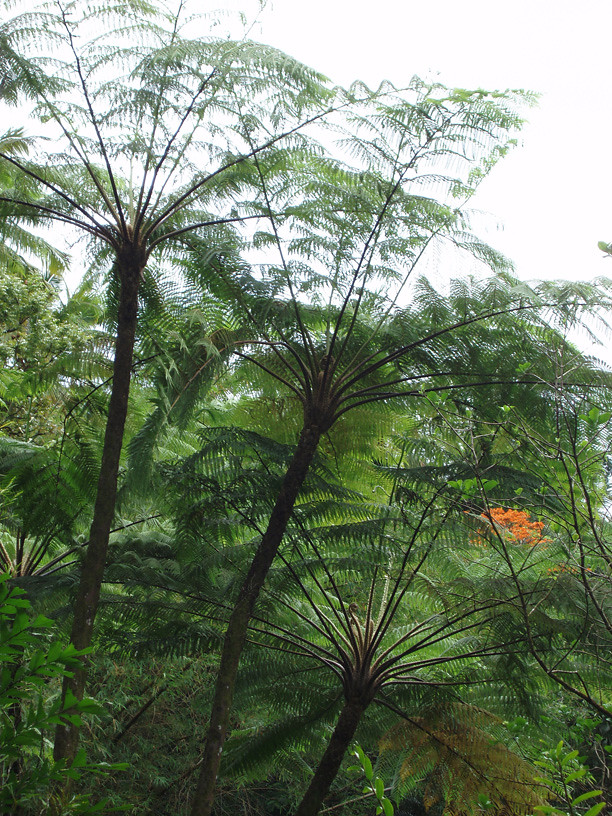
The giant insects of the Carboniferous Period couldn’t have existed without the equally impressive plant life that supported them. The swamps were dominated by massive tree ferns, scale trees, and giant horsetails that created complex, multi-layered ecosystems. These plants didn’t just provide food and shelter—they were the primary producers that made the entire food web possible.
Lepidodendron, the scale tree, could reach heights of 130 feet and diameters of six feet. These giants reproduced through spores and grew in dense forests that resembled modern rainforests in their complexity. When these trees died, they often fell into the swampy water where low oxygen conditions prevented complete decomposition, beginning the process of coal formation.
The understory was equally impressive, filled with seed ferns, early conifers, and a variety of other plant species. This diverse plant community supported an intricate web of herbivorous insects, which in turn fed the giant predators that dominated the ecosystem. The sheer biomass of plant material in these swamps was unprecedented in Earth’s history.
Coal Formation: From Swamp to Energy

The same conditions that allowed giant insects to thrive also created the perfect recipe for coal formation. The Carboniferous swamps were characterized by rapid plant growth, periodic flooding, and low-oxygen conditions that prevented the complete decomposition of organic matter. This combination led to the accumulation of massive amounts of plant material that would eventually become coal.
The process began when dead plants fell into the swampy water, where the lack of oxygen slowed decomposition. Over time, layers of sediment buried this organic material, subjecting it to increasing pressure and temperature. Millions of years of this process gradually transformed the plant matter into peat, then lignite, and eventually into the high-quality coal that powered the Industrial Revolution.
Different types of coal are formed depending on the specific conditions and the amount of time involved. The highest quality coal, anthracite, formed from organic matter that was buried deepest and subjected to the most pressure and heat. These coal seams, found around the world, represent the compressed remains of the magnificent Carboniferous swamps.
Predator-Prey Relationships in Ancient Swamps
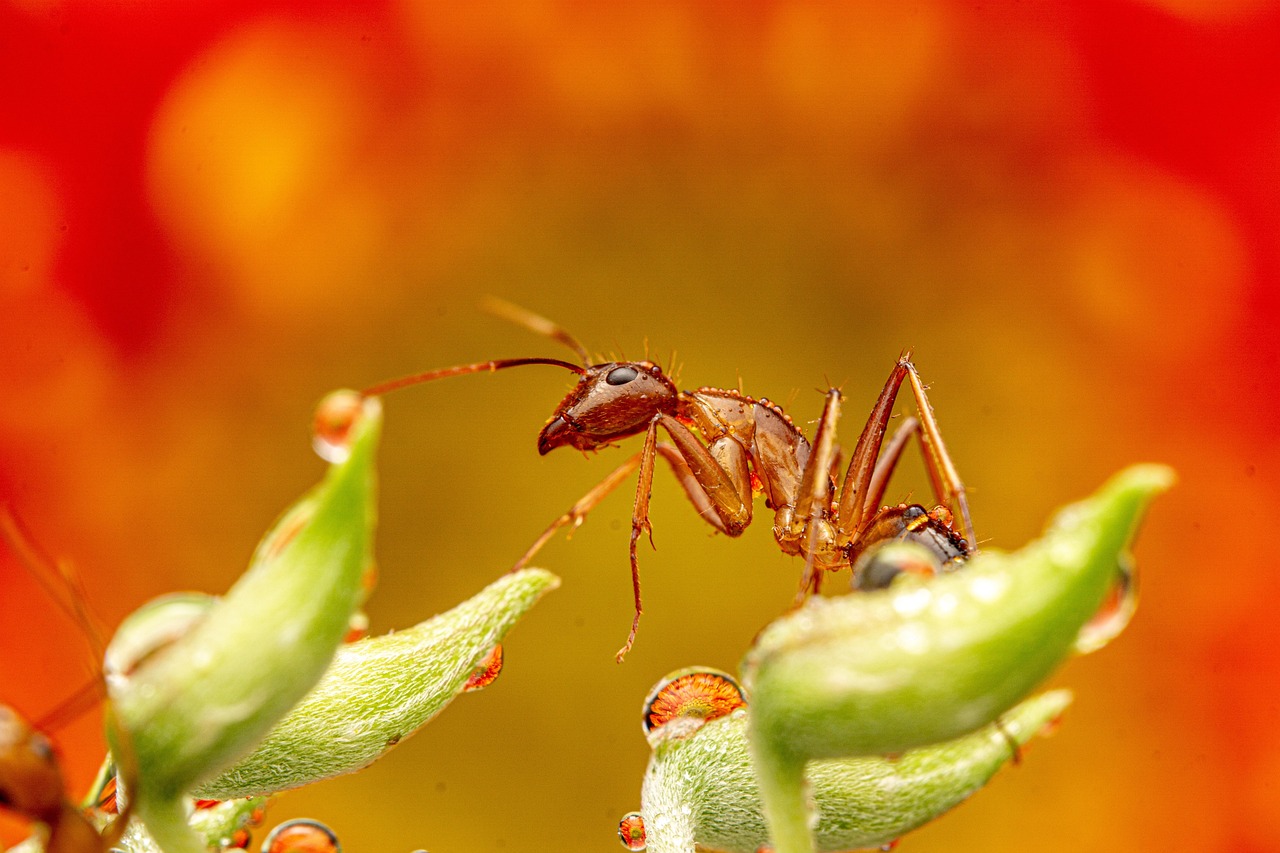
The giant insects of the Carboniferous Period existed within complex predator-prey relationships that were unlike anything seen in modern ecosystems. The massive dragonflies hunted smaller flying insects, while giant spiders and scorpions dominated the ground-level hunting. These size relationships created a unique dynamic where what we consider large insects today would have been merely prey for the Carboniferous giants.
The abundance of plant material supported enormous populations of herbivorous insects, which in turn supported the predators. This created a pyramid of size and abundance that could sustain creatures of incredible proportions. The fossil record shows evidence of predation, with some specimens containing the remains of prey items that reveal the dietary habits of these ancient giants.
Competition between predators was likely intense, as multiple species of giant arthropods occupied similar ecological niches. The presence of both terrestrial and semi-aquatic predators suggests that these ecosystems were incredibly complex, with different species adapting to exploit every available food source in the swamp environment.
Environmental Pressures and Evolutionary Responses
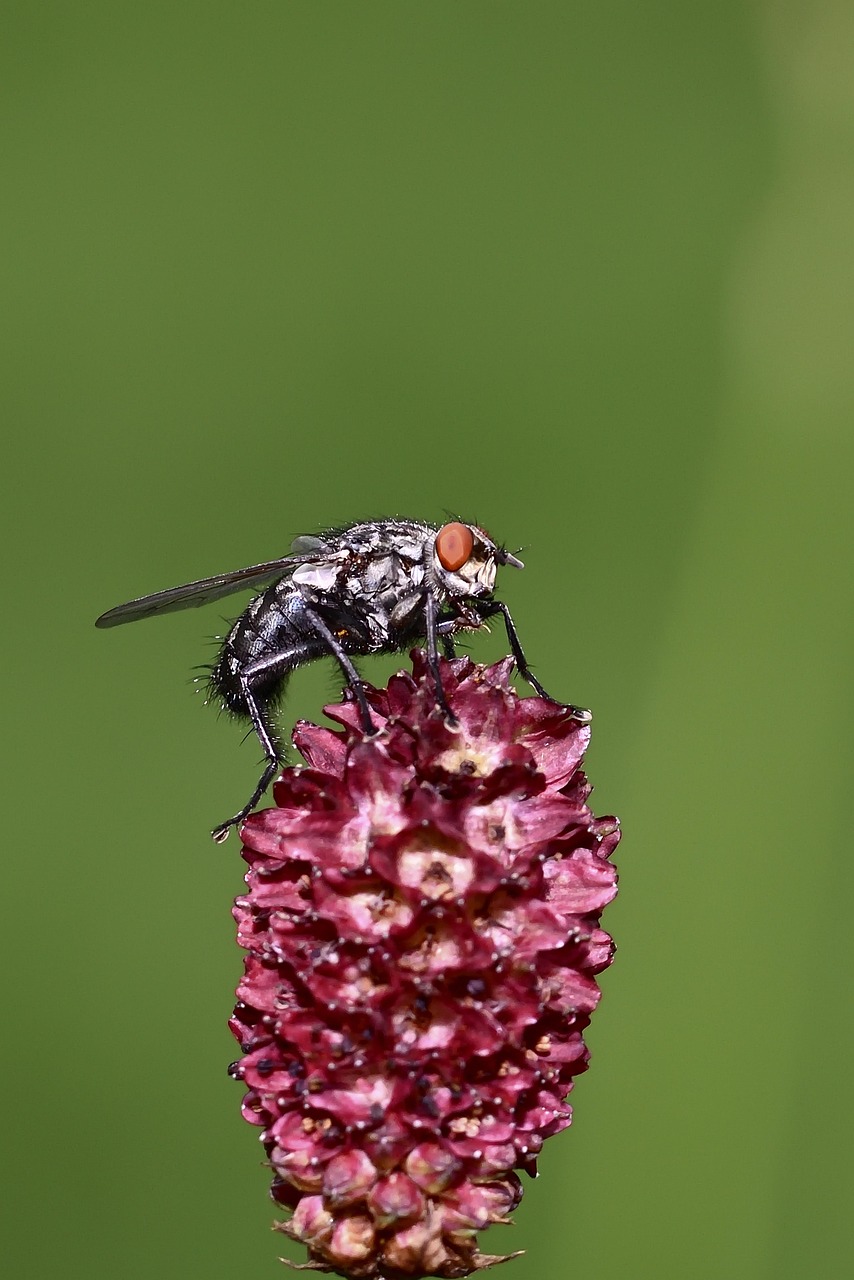
The unique environmental conditions of the Carboniferous Period created evolutionary pressures that pushed arthropods toward gigantism. The high oxygen levels removed the respiratory constraints that normally limit insect size, while the abundant food sources provided the energy needed to support large body sizes. However, these same conditions also created new challenges that shaped the evolution of these creatures.
The oxygen-rich atmosphere made the world much more flammable, leading to frequent and intense wildfires. This created selection pressures for mobility and the ability to escape fires quickly. Many of the giant insects show adaptations for rapid movement, including powerful flight muscles in dragonflies and strong legs in ground-dwelling species.
The periodic flooding and draining of the swamps also created environmental instability that required adaptability. Species that could survive in both aquatic and terrestrial environments had significant advantages. Some giant arthropods show evidence of amphibious adaptations, suggesting they could exploit resources in both flooded and dry conditions.
The End of an Era: Why Giants Disappeared
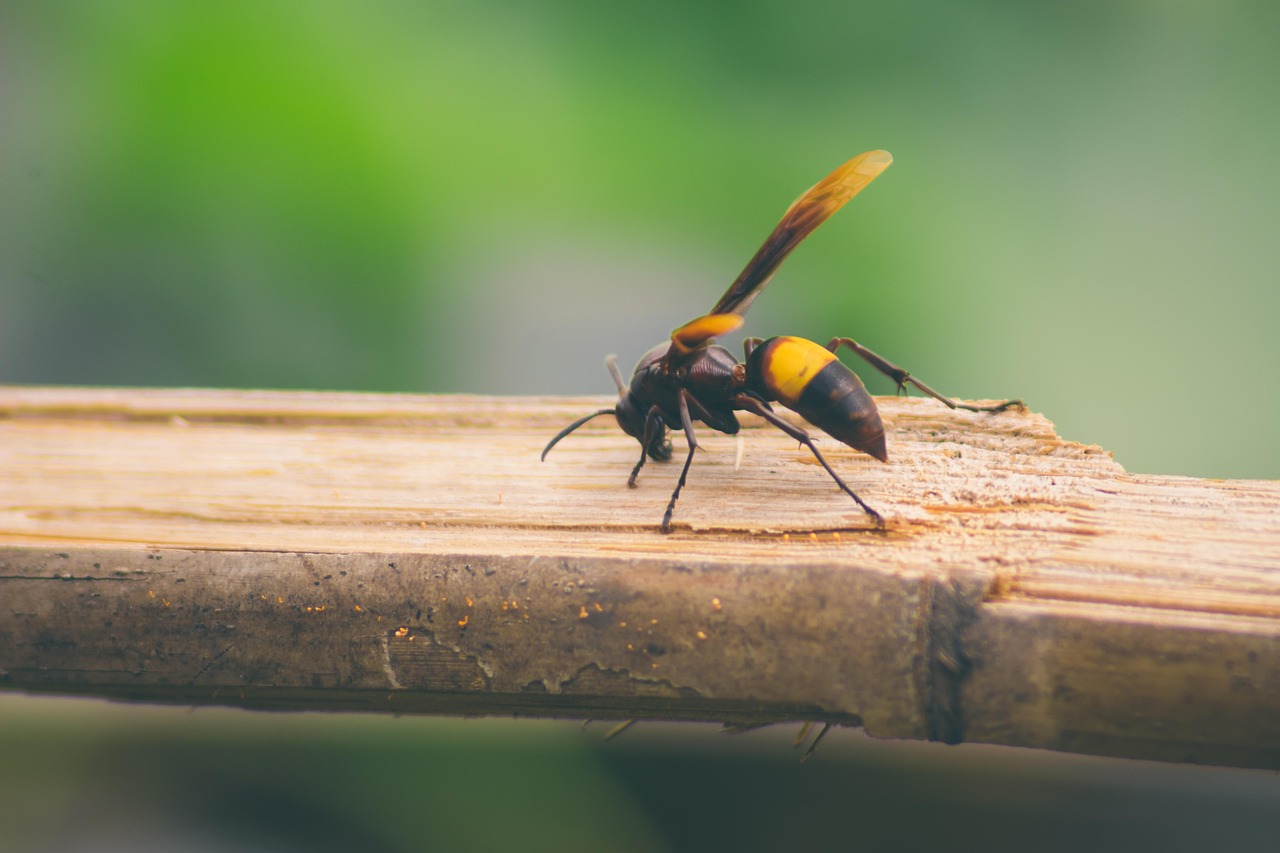
The reign of giant insects came to an end as the Carboniferous Period gave way to the Permian. The primary driver of this change was the gradual decline in atmospheric oxygen levels. As the oxygen content of the atmosphere dropped from 35% back toward modern levels, the respiratory constraints that had been lifted began to reassert themselves.
The changing climate also played a role. The warm, humid conditions that had supported the vast swamp ecosystems began to give way to drier, more seasonal climates. This shift reduced the available habitat for swamp-dwelling species and altered the plant communities that formed the base of the food web.
The end-Permian extinction event, the largest mass extinction in Earth’s history, finally ended the era of giant arthropods. This catastrophic event eliminated an estimated 90% of marine species and 70% of terrestrial species, including most of the remaining giant insects. The few arthropod lineages that survived were much smaller and more similar to modern forms.
Modern Implications: Oxygen and Life

The story of Carboniferous giants provides important insights into the relationship between atmospheric conditions and life on Earth. The dramatic effects of oxygen levels on insect size demonstrate how sensitive ecosystems can be to atmospheric changes. This has important implications for understanding both past and future environmental changes.
Modern research into the oxygen-size relationship has applications beyond paleontology. Understanding how oxygen levels affect organism size helps scientists predict how climate change and atmospheric composition changes might affect modern ecosystems. Some researchers are even exploring whether controlled high-oxygen environments could be used to enhance food production or support human activities in challenging environments.
The Carboniferous Period also demonstrates the incredible adaptability of life. The same atmospheric conditions that supported giant dragonflies also led to the formation of the fossil fuels that power our modern world. This connection between ancient life and modern energy sources highlights the deep connections between past and present ecosystems.
Fossil Evidence and Scientific Discovery
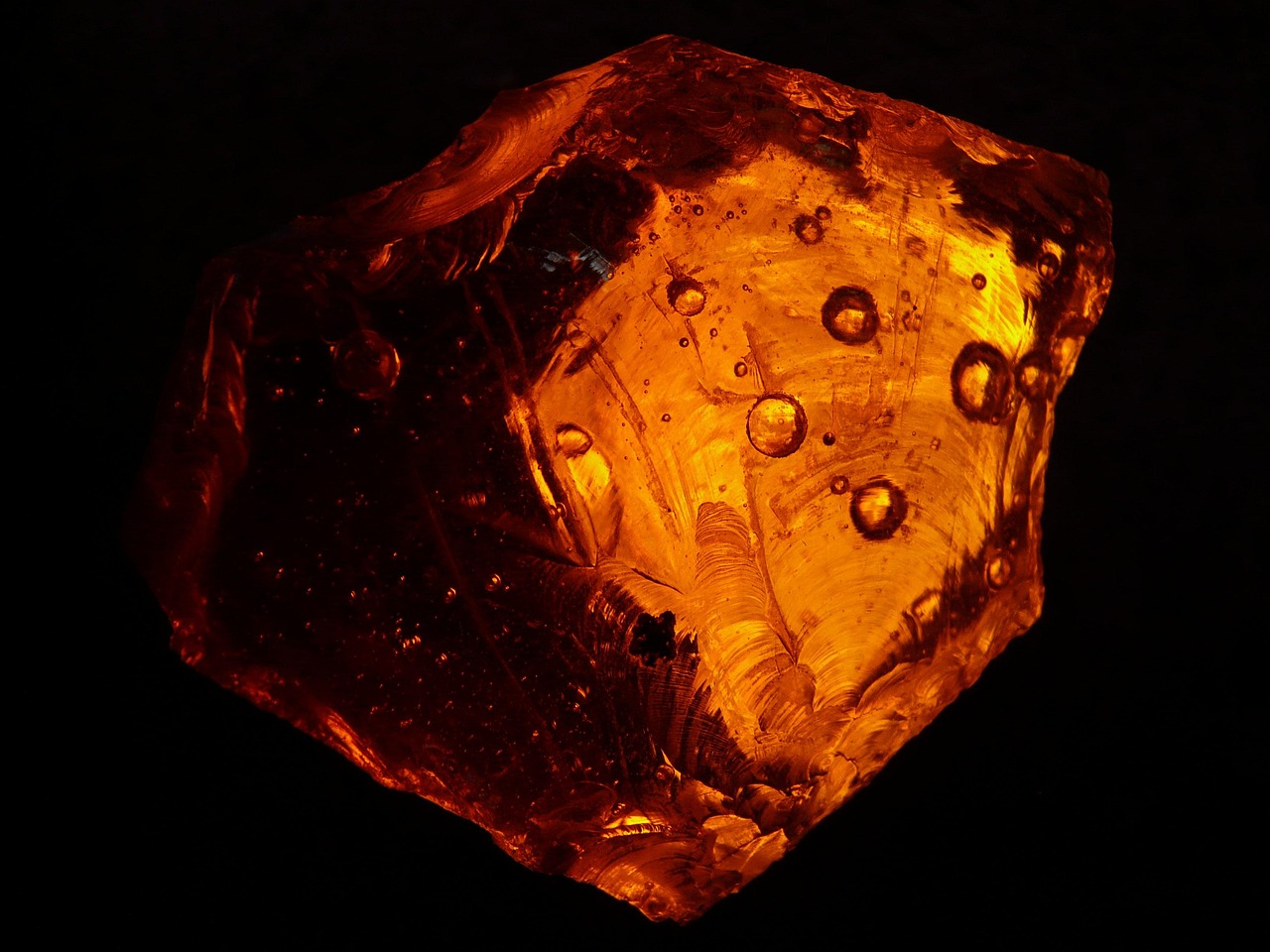
Our understanding of Carboniferous giants comes from an extensive fossil record that continues to yield discoveries. The preservation conditions in ancient swamps were ideal for fossilization, creating detailed records of both the giant insects and the ecosystems they inhabited. These fossils provide crucial evidence for understanding how these creatures lived and why they grew so large.
Some of the most spectacular fossils come from sites like Mazon Creek in Illinois and the Joggins Formation in Nova Scotia. These locations preserve not just the insects themselves, but also their interactions with other organisms and their environment. Trace fossils, including trackways and feeding marks, provide additional insights into the behavior of these ancient giants.
Recent technological advances have revolutionized the study of these fossils. High-resolution CT scanning allows scientists to examine the internal structure of fossils without damaging them, while chemical analysis can reveal information about diet and metabolism. These tools continue to provide new insights into the biology and ecology of Carboniferous giants.
Conclusion
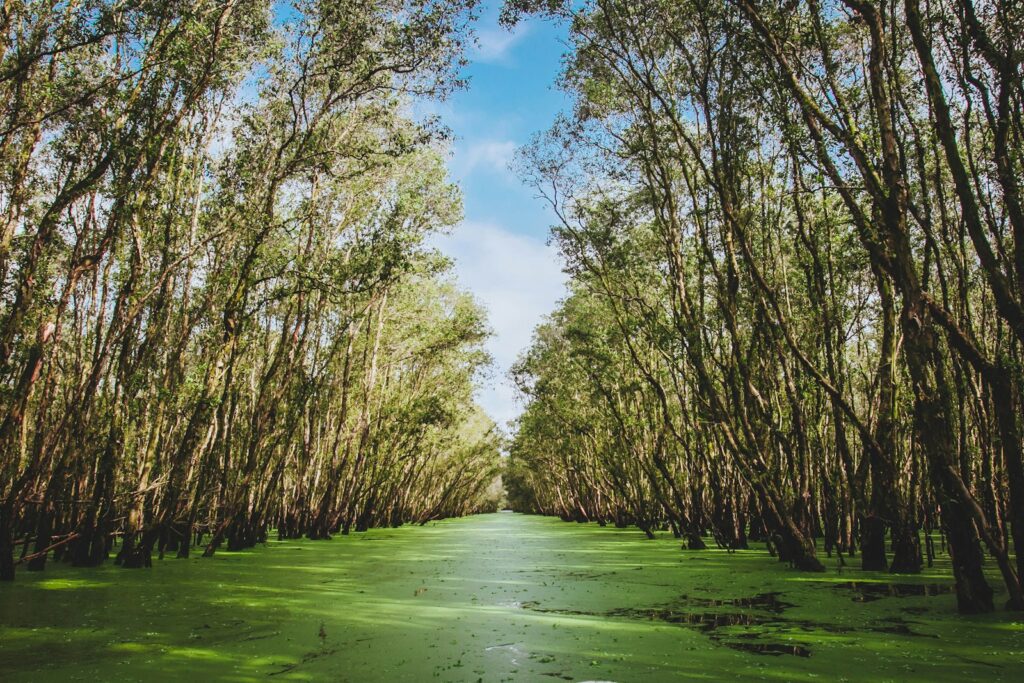
The ancient swamps of the Carboniferous Period created one of the most extraordinary ecosystems in Earth’s history. The combination of high oxygen levels, abundant plant life, and stable warm climates produced giants that seem almost mythical by modern standards. These creatures weren’t just oversized versions of modern insects—they were highly specialized predators and herbivores that dominated their ecosystems for millions of years.
The coal that formed from these ancient swamps has powered human civilization for centuries, while the giant insects that lived there continue to captivate our imagination and inform our understanding of life on Earth. The story of these prehistoric giants reminds us that our planet has supported forms of life that were radically different from what we see today, shaped by atmospheric conditions that seem alien to our modern world.
What might Earth look like if atmospheric oxygen levels rose again to Carboniferous levels?

